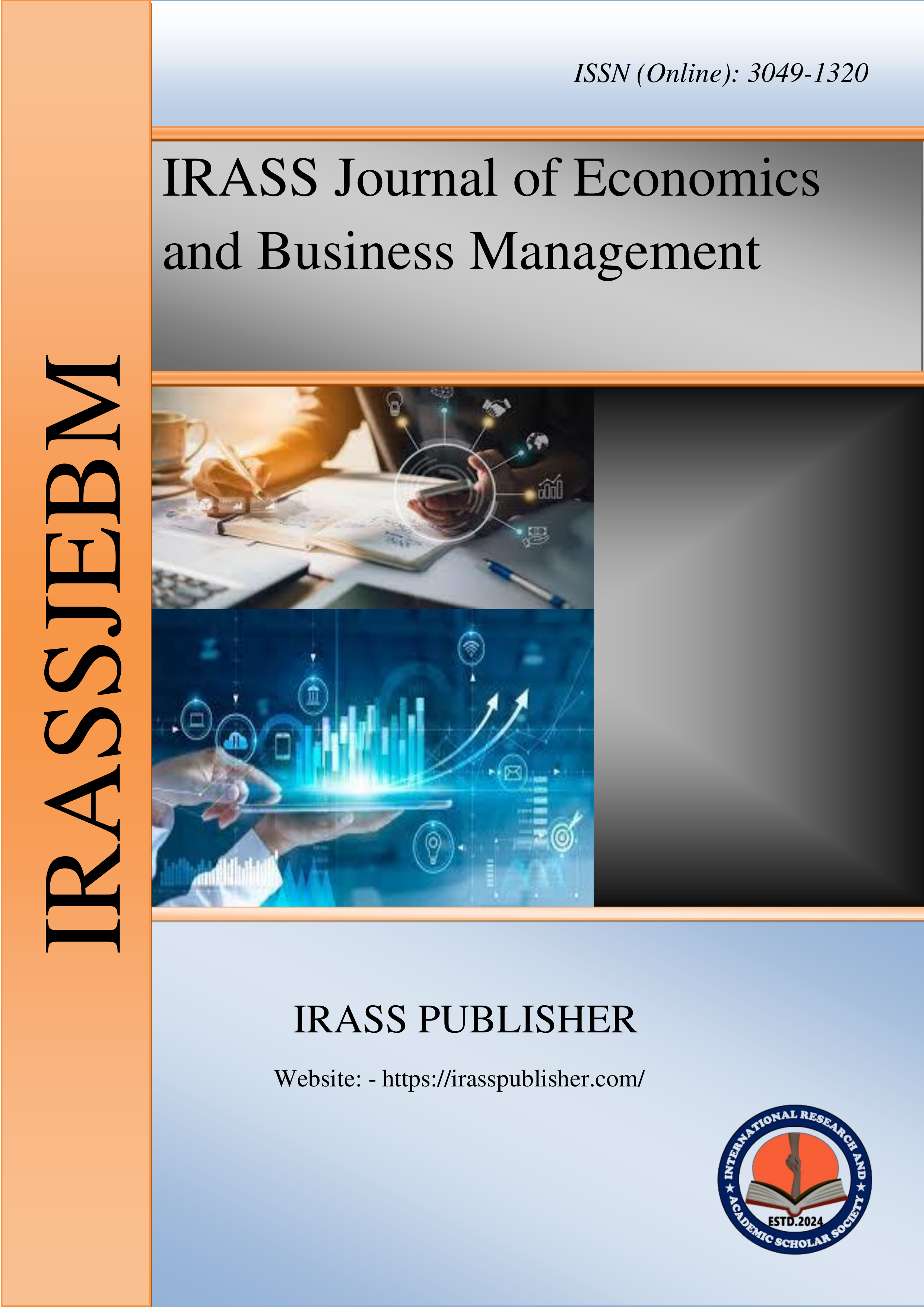Translation Strategies of Business Textbooks Based on Boundary Awareness Theory
Sr No:
Page No:
19-30
Language:
English
Authors:
Biyu Wu, Feng Mao* , Na Li
Received:
2025-01-22
Accepted:
2025-02-06
Published Date:
2025-02-10
GoogleScholar:
Click here
Abstract:
Business textbooks play an important role in business knowledge learning, so the
translation of business textbooks is very significant. A distinctive feature of business textbooks
is the abundance of illustrations. This study takes the translation of illustration texts in business
textbooks as a representative to explore the translation techniques of business textbooks.
Previous studies have shown that free translation is usually used to translate illustrations, which
is mainly achieved by addition and deletion. Although these studies have listed the content that
should be added and deleted, they have not clearly stated why addition and deletion are used
when translating illustrated texts. Therefore, they do not have a unified standard to guide the
translation techniques of business textbooks, and they are unable to clearly indicate how to use
addition and deletion and what are the reasons for addition and deletion when translating
business textbooks.
Based on the boundary awareness theory, this paper discusses the English-Chinese translation
techniques of illustrations in Understanding Business and its two Chinese versions(10th edition
and 12th edition). There are two basic English-Chinese differences in the boundary awareness
theory: 1. Chinese and Chinese speakers’ boundary awareness is weaker than English and
English speakers; 2. English and English speakers are more prospective and have a stronger
prospective awareness, while Chinese and Chinese speakers are more retrospective and have a
stronger retrospective awareness. According to this theory, we can find that the translation
techniques of addition and deletion are: adding the translation of words with resultant meanings,
such as nouns, verbs, and adjectives, and deleting the translation of words that have the function
of dividing sentence structure, such as prepositions, relational adverbs, and relational pronouns.
The reason for using both translation techniques is to weaken the strong boundaries of the
English language to match the weak boundaries characteristic of the Chinese language.
Keywords:
Boundary Awareness Theory; Business Textbook; Understanding Business
Journal: IRASS Journal of Economics and Business Management
ISSN(Online): 3049-1320
Publisher: IRASS Publisher
Frequency:
Monthly
Language:
English

